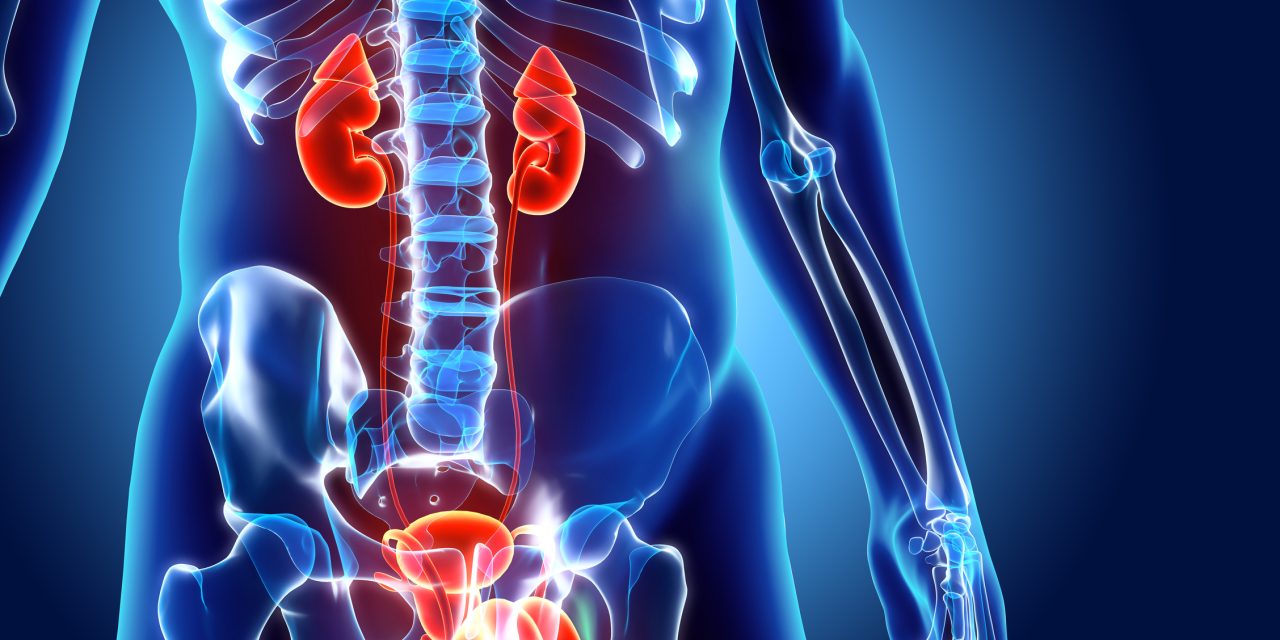Intraoperative damage of pelvic autonomic nerves is the primary reason for postoperative sexual and urinary dysfunction after rectal cancer surgery,1,2 especially in patients with low rectal cancer. In the present study, we developed the nerve plane as a novel concept in rectal cancer surgery, which served as a landmark for better preservation of pelvic autonomic nerves in standardized total mesorectal excision (TME) surgery. The nerves never exist alone, and are always surrounded by tiny capillaries and adipose tissue, which are covered by a thin layer of membranous tissue, leading to a continuous plane, which we defined as the nerve plane. The nerve plane could be preserved from thermal damage, ischemic injury, nerve stretching, and chemical factors produced by local inflammatory effects. We also found loose connective tissue (the first gap) between the proper fascial of the rectum and the nerve plane, which was also a natural avascular holy’s plane. Using the concept of nerve plane, the proposed functional TME procedure could help surgeons to better protect pelvic autonomic nerves from injury. Herein, we present a brief video to describe the technical aspects of a laparoscopic functional TME in rectal cancer surgery.
Fifty-eight consecutive male patients without preoperative sexual and urinary dysfunction underwent laparoscopic functional TME surgery for histologically confirmed adenocarcinoma at our hospital since 2018. The present study was approved by the institutional review board of the Renmin Hospital of Wuhan University (2018-X-08), and written informed consent was obtained from all patients. Urinary and sexual function was evaluated using the international prostatic symptom score (IPSS)3 and the 5-item version of International Index of Erectile Function (IIEF-5)4 questionnaires, respectively, which are internationally recognized as well-structured and reliable questionnaires to evaluate urinary and sexual function. Moderate-to-severe urinary dysfunction was defined as IPSS score >8 points,2 while erectile dysfunction was defined as IIEF-5 score ≤ 11points.5 The laparoscopic functional TME procedure shown in the video is described as follows. First, the incision line was marked on the peritoneum from the lower edge of the duodenum to the pelvic entrance with an electric hook using a medium approach. The holy’s plane was divided into five structures by enforcing traction and anti-traction, which included fascia propria of the rectum, the loose areolar connective tissue over the nerve plane (the first gap), the nerve plane, the loose areolar connective tissue below the nerve plane (the second gap), and the Gerota’s fascia or the presacral fascia. Second, dissection over the nerve plane was performed from the lower edge of the duodenum to the pelvic entrance. Superior hypogastric plexus nerve plane, abdominal aortic plexus nerve plane, and inferior mesenteric plexus nerve plane were clearly displayed. Dissection was continued in this way, and the left and right hypogastric nerve planes were also preserved. Finally, the pelvic cavity was entered, and posterior dissection was continued downward to the Waldeyer fascia. We selected to go over the Waldeyer fascia along the nerve plane instead of transecting it to enter the superior levator space, thereby some small nerves such as efferent branches of hypogastric nerves in this area were protected from injury. The lateral pelvic dissection was continued over the pelvic plexus nerve plane, anterior pelvic dissection was continued, and the Denonvillier’s interfascial space was entered between the anterior layer and the posterior layer of Denonvilliers’ fascia. The left and right neurovascular bundles (NVB) were avoided and not intentionally exposed during the operation, thereby protecting them from injury. Although some steps of the procedure are displayed very close to the anatomical landmarks, patience and higher-resolution laparoscopic equipment are needed for surgeons to find the nerve plane. For less experienced surgeons, we suggest that the harmonic with the “hot” blade should be as far away from the nerves as possible during the radical resection of tumor. After the rectum was dissected, superior hypogastric plexus nerve plane, abdominal aortic plexus nerve plane, inferior mesenteric plexus nerve plane, hypogastric nerve plane, pelvic plexus nerve plane, left ureter, and genital vessels were displayed and completely preserved. The intraoperative nerve plane and mesorectum of the postoperative specimen were intact and smooth.
The median age of patients was 53 years, with a body mass index (BMI) of 24.0 kg/m. The median total operation time was 198 min (range 128-248 min). The median volume of blood loss was 30 ml (range 10-50 ml). The median number of retrieved lymph nodes was 31 (range 13-65). No patient showed postoperative moderate-to-severe urinary dysfunction at 6 months. The incidence of postoperative erectile dysfunction was 5.17% (3/58) at 12 months. No patient was lost during 1-year of follow-up.
Nerve plane is an optimal surgical landmark for laparoscopic functional total mesorectal excision in rectal cancer. It provides a superior surgical technique for pelvic autonomic nerve protection.
An Optimal Surgical Plane for Laparoscopic Functional Total Mesorectal Excision in Rectal Cancer.


